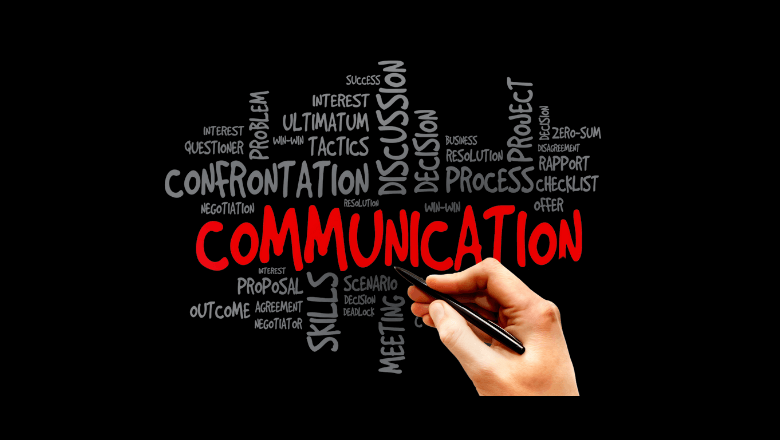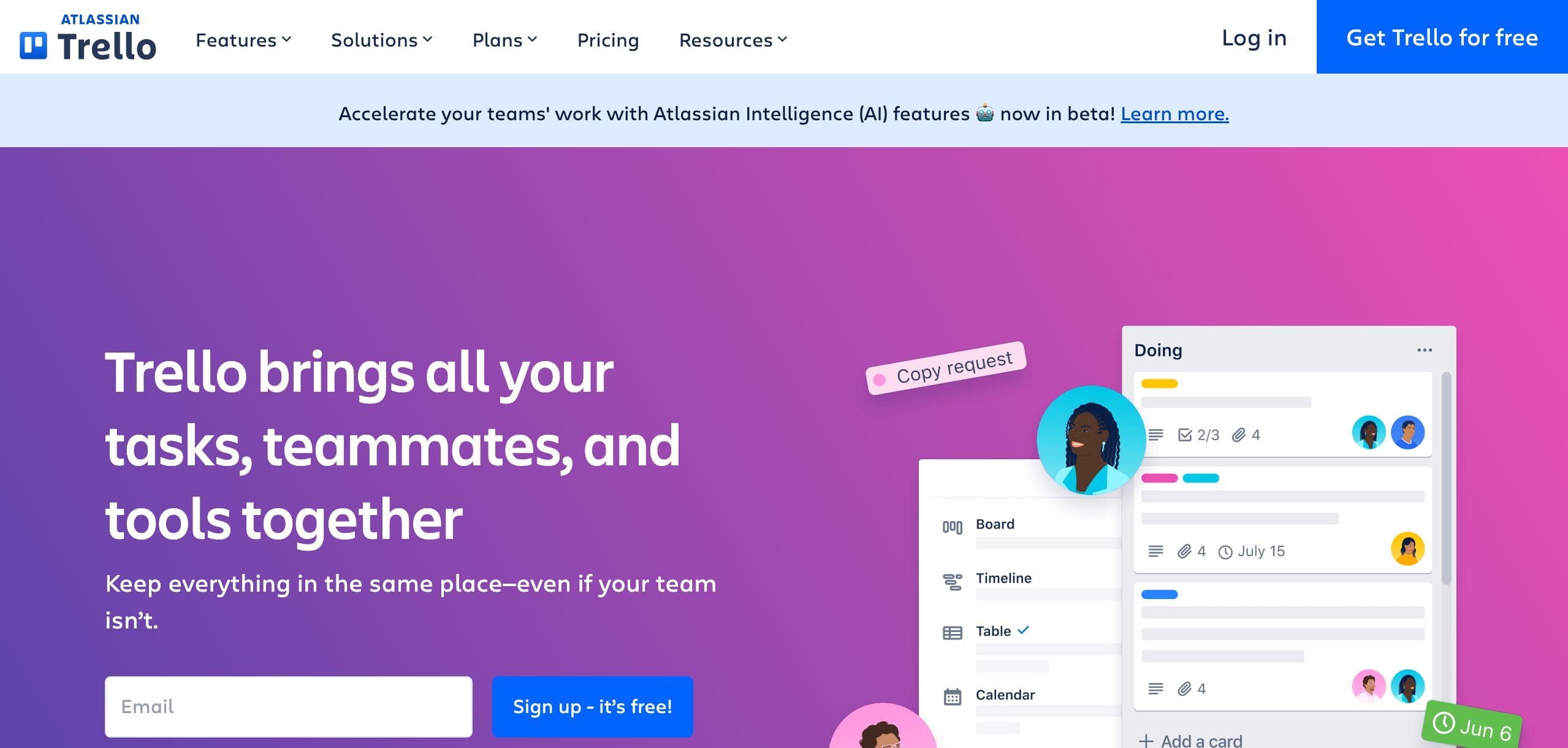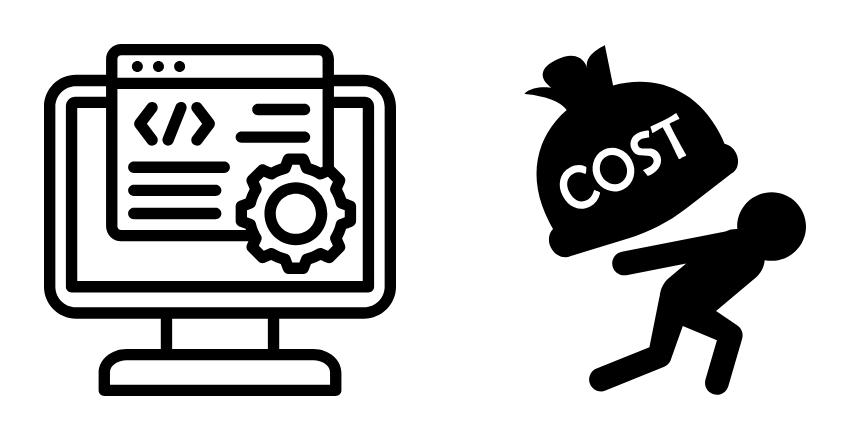Managing a remote team has its perks, but it also comes with its fair share of hurdles. When it comes to managing Brazilian developers from afar, the challenges can be unique and multifaceted.
Time Zone Troubles
Imagine trying to have a team meeting where half the participants are just waking up while the others are wrapping up their day. Brazil’s time zones can be anywhere from one to four hours ahead of North America. This discrepancy can make scheduling meetings a logistical nightmare, leading to early morning or late-night calls. Over time, this can wear down team morale and productivity.
The Morning-Evening Dilemma
Let’s say you’re based in New York, and it’s 9 AM for you. In Rio de Janeiro, it’s already 10 AM or even 11 AM. Now, if you schedule a meeting for what seems like a reasonable 4 PM your time, it’s already pushing into the evening for your Brazilian colleagues. They’re likely winding down for the day, thinking about dinner or family time.
This mismatch becomes even more pronounced with a team spread across various regions. If you need input from someone in California, where it’s 1 PM, and someone in Brasília, where it’s 6 PM, finding a common meeting time that fits everyone’s schedule can feel impossible. Someone will inevitably have to compromise, either starting their day earlier or staying later, which can lead to frustration and burnout.
Example
Consider a project deadline approaching fast. You need to sync with your Brazilian developers to finalize the details. If it’s late afternoon in North America, it might be dinner time or beyond in Brazil. Your team members might be less responsive, tired, or already offline for the day. Conversely, if you schedule an early morning call to accommodate them, your North American team might be bleary-eyed and not at their best.
Impact on Morale and Productivity
These scheduling challenges can erode team morale over time. When meetings consistently disrupt personal time, it can lead to dissatisfaction and decreased motivation. A developer who’s regularly asked to attend late-night meetings might feel their work-life balance is compromised. This can also impact productivity, as tired or distracted team members are less likely to contribute effectively.
Solutions to the Time Zone Troubles
To mitigate these issues, consider rotating meeting times so that the inconvenience is shared equally among team members. Another strategy is to record meetings for those who can’t attend live, allowing them to catch up at a more convenient time. Leveraging asynchronous communication tools, like Slack or project management platforms, can also help. These tools allow team members to update each other without needing to be online simultaneously, reducing the dependency on real-time meetings.
Time zone differences present a significant challenge in managing remote teams. Acknowledging the difficulties and implementing thoughtful strategies, you can help ensure your team remains engaged, productive, and happy, regardless of where they’re working from.
Communication Conundrums

Even with a good grasp of English, non-native speakers can miss nuances and idioms that native speakers take for granted. When managing Brazilian developers, these language barriers can lead to misunderstandings. For instance, a simple request might be interpreted differently, causing errors and delays. It’s like trying to solve a puzzle with missing pieces.
Lost in Translation
Imagine asking a Brazilian developer to “hit the ground running” on a new project. While this phrase means to start working on something immediately and energetically, a non-native English speaker might take it literally or simply not understand the urgency behind the idiom. They might proceed at a normal pace, not realizing you wanted them to dive in quickly.
Nuances and Context
Consider a situation where you tell your team, “We need to tighten our belts.” This common English idiom means to cut costs or be more frugal, but a Brazilian developer might not understand it in the same way. They could be confused, wondering if you are literally talking about their clothing, which leads to wasted time and potential errors.
Example
Let’s say you’ve sent an email with feedback on a recent task: “This needs a bit more polish.” To a native English speaker, this suggests that the work is good but could use some refinement. However, a Brazilian developer might misinterpret this as needing a complete overhaul, spending unnecessary hours making changes that weren’t needed.
The Impact of Misunderstandings
These misunderstandings can have a ripple effect. A small miscommunication can lead to significant delays, as tasks need to be redone or clarified multiple times. This not only affects timelines but can also be frustrating for both parties. It’s like playing a game of telephone, where the message gets more distorted as it passes through each person.
Solutions to Communication Conundrums
- Clear and Simple Language: Avoid using idioms or slang that might not be understood. Instead of saying, “Let’s touch base later,” say, “Let’s have a meeting later to discuss this.”
- Confirm Understanding: After giving instructions or feedback, ask your Brazilian team members to repeat back what they understood. This can help catch misunderstandings early.
- Use Visual Aids: Diagrams, charts, and other visual tools can help bridge language gaps. For example, if you’re explaining a complex process, a flowchart can be more effective than a lengthy email.
- Leverage Translation Tools: Use tools like Google Translate for written communication to ensure clarity. While not perfect, these tools can help convey the basic message more accurately.
- Cultural Sensitivity Training: Investing in cultural sensitivity training can help both managers and team members understand each other better. This training can include language lessons, cultural norms, and effective communication strategies.
Building Better Communication
By acknowledging the potential for miscommunication and taking proactive steps to bridge the language gap, you can foster a more collaborative and productive remote team. Clear, simple language and verification of understanding can go a long way in ensuring everyone is on the same page, preventing errors and enhancing efficiency.
Improving communication isn’t just about avoiding mistakes—it’s about building a strong, cohesive team where everyone feels understood and valued. This approach helps in creating a more harmonious and efficient working environment, regardless of the geographical distances involved.
Cultural Clash
Brazilian work culture places a strong emphasis on personal relationships and in-person interactions. This contrasts with the often impersonal nature of remote work. Without the face-to-face element, Brazilian developers might feel disconnected or undervalued. A manager might think they’re being efficient and direct, while the team might perceive it as aloofness or lack of appreciation.
Trust and Autonomy

Building trust remotely is a delicate dance. Managers must strike a balance between giving their team autonomy and providing adequate oversight. Too much freedom can lead to a lack of direction, while too much oversight can feel stifling. This balancing act is crucial for maintaining a motivated and productive team.
Keeping Everyone in the Loop
Communication is the glue that holds remote teams together. However, overcommunication can lead to meeting fatigue, while under-communication can leave team members feeling isolated. Finding the right cadence for updates and check-ins is essential but can be tricky to master.
The Balance of Communication
Imagine trying to stay in touch with a friend. If you call them every hour, they might get annoyed and start avoiding your calls. But if you only check in once a month, they might feel neglected and unimportant. The same principle applies to managing remote teams. Too many meetings can overwhelm your team, while too few can make them feel disconnected and out of the loop.
Example 1: Meeting Fatigue
Let’s consider a scenario where your team has daily stand-up meetings, weekly progress meetings, and bi-weekly project reviews. On paper, this might seem like a good way to stay updated. However, if each meeting lasts an hour, your team could spend up to 10 hours a week just in meetings. This doesn’t leave much time for actual work, leading to meeting fatigue where team members feel drained and less productive.
Example 2: Isolation
On the flip side, imagine a team that only meets once a month. In between meetings, communication is sparse, and updates are sporadic. Team members might feel like they’re working in a vacuum, unsure of what others are doing or how their work fits into the bigger picture. This isolation can lead to a sense of disconnection and lower morale, as team members feel unsupported and undervalued.
Finding the Right Cadence
So, how do you strike the right balance? Here are some strategies to keep everyone in the loop without overwhelming them:
- Scheduled Updates: Set regular, but not excessive, meeting times. For example, a weekly team meeting and a bi-weekly project review can provide enough touchpoints without causing fatigue.
- Clear Agendas: Ensure every meeting has a clear purpose and agenda. This keeps meetings focused and efficient, respecting everyone’s time.
- Asynchronous Communication: Use tools like Slack or Microsoft Teams for updates that don’t require real-time responses. This allows team members to catch up on their own schedule, reducing the need for constant meetings.
- Check-In Preferences: Ask your team how they prefer to receive updates. Some might prefer email summaries, while others might like quick video check-ins. Tailoring your approach can help meet everyone’s needs.
- Use Collaborative Tools: Platforms like Trello or Asana allow team members to see project updates and progress at a glance. This visibility helps everyone stay informed without needing constant meetings.

- Regular Feedback: Encourage team members to provide feedback on the communication process. If they feel overwhelmed or isolated, adjust your approach accordingly.
Enhancing Team Cohesion
Effective communication is about more than just sharing information—it’s about building a cohesive team where everyone feels connected and informed. By finding the right balance, you can ensure your team stays productive and engaged, without the downsides of meeting fatigue or isolation.
Keeping everyone in the loop requires thoughtful planning and flexibility. Using the right tools and strategies, you can maintain strong communication lines, fostering a collaborative and motivated remote team. This balance will help your team thrive, even when they’re miles apart.
Strategies for Success
Despite these challenges, managing a remote team of Brazilian developers can be rewarding. Here are a few tips to navigate these waters:
- Flexible Scheduling: Be mindful of time zone differences when planning meetings. Rotate meeting times to share the burden of early or late calls.
- Clear Communication: Use simple, clear language and confirm understanding to avoid miscommunication. Visual aids can be particularly helpful.
- Cultural Sensitivity: Take time to learn about Brazilian culture and show appreciation for their work. A little recognition goes a long way.
- Build Trust: Set clear expectations and provide regular feedback. Trust your team to manage their time and tasks effectively.
- Use the Right Tools: Leverage communication and project management tools that cater to different time zones and languages.
Managing Brazilian developers remotely comes with its own set of challenges, but with the right approach, these can be overcome. By understanding and addressing time zone differences, communication barriers, and cultural nuances, you can build a cohesive and high-performing team.















